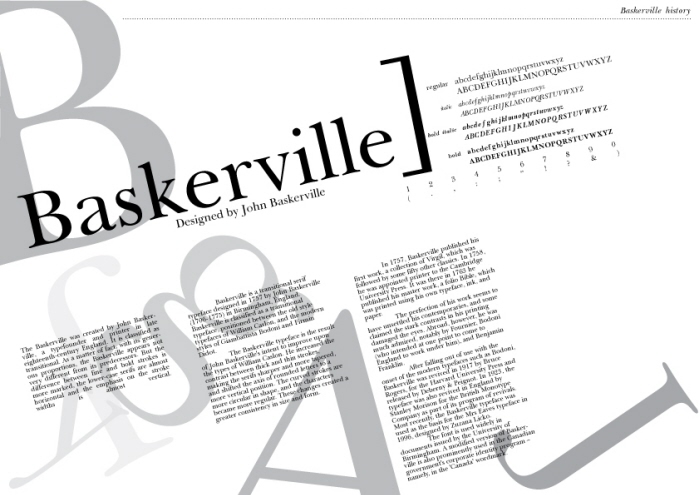

Made of Portland stone it was openedīy Prince Arthur of Connaught 4 July 1925. The Hall of Memory was built by public subscription in 1925 to commemorate over 12,000 Birmingham combatants killed in the First World War. The Council had vacated the building by 1999 and this Grade II Listed building was refurbished between 2003 andĢ007 to be let as a hotel on this prestigious City Centre site. The CityĬouncil used Baskerville House for various of its departments for over 50 years. However, the economic climate after the war was not conducive to such large projects and the rest of the grand design was never built. Planetarium, a library, museum and art gallery. There would be a city hall and two public halls, a

It was originally intended that more council offices in the same style would surround the square. The Masonic Hall of 1926 and the Birmingham Municipal Bank of 1931 on the other side of Braod Street also formed part of the scheme. When that church wasĭemolished in 1899, his body was again moved with the other bodies from the crypt to the catacombs of the Church of England Cemetery in Warstone Lane, where he lies still.īaskerville House was built on the site of Baskerville's Easy Hill home in 1938 by T Cecil Howitt of Nottingham, one element in a new civic campus on a site twice the size of the presentĬentenary Square. When the New Wharves were built, Baskerville's body was stored in a warehouse for several years before being removed to the crypt of Christ Church at the top of New Street. Infilled in 1925 to make way for the Hall of Memory and gardens. There were timber yards, coal wharves, a flour mill, a pin factory and a coach-builders. There was a screw factory, copper works and lime wharf here. The New Wharves were soon almost totally covered over and enclosed with Being on a hill, theīasins were higher than the canal and boats gained access via a deep lock into which water was pumped by steam engine. Gibson was one to spot a business opportunity and soon expanded his operation cutting a number of arms between Cambridge Street and Broad Street known as the New Wharves.

The house was bought by John Ryland and badly damaged in the 1791 Birmingham Riots, after which it was demolished.īy 1812 the iron merchant, Thomas Gibson had bought the property in order to cut a canal arm from the Newhall Branch of the Birmingham Canal to provide access to his mill in Cambridge Street. The Out Offices consist of a large kitchen, with Servant's Rooms over it, a Butler's and a Common pantry, - two Pumps, one hard and the other soft water, a four-stalled Stable, and aĬoach House, a good Garden, with Green-House, and Garden House, spacious Warehouses and Workshops, suitable for the Mercantile Business or any extensive Manufactory, together with about sevenĪcres of rich Pasture Land in high condition, part of which is laid out in Shady Walks, adorned with Shrubberies, Fish Ponds, and a Grotto the whole in a Ring-Fence, the great part of itĮnclosed by a Brick-Wall, and is, on Account of its elevated situation and near affinity to the Canal, a very desirable spot to Build upon. Large and elegant 3-storey building designed in Georgian classical style and set in the middle of an extensive park: The house, which was described as being situated 'near Birmingham', was a In 1788 after the death of Baskerville's widow, an advertisement appeared in Aris's Gazette offering Easy Hill for sale. May the example contribute to emancipate thy mind Instructions in his will that he should be buried in unconsecrated ground beneath the 'conical building in my own premises heretofore used as a mill'.īaskerville wrote his own epitaph, presumably it was carved in his own font:īeneath this cone, in unconsecrated ground,Ī friend to the liberties of mankind directed his body to be inurned. Baskerville carved tombstones and had a japanningīusiness but he is best known as a printer of quality books and the inventor of the Baskerville font he became Overseer and Surveyor of Birmingham Highways and High Bailiff of the Manor ofīaskerville built a windmill here some time after 1745 to carry out part of his paper or printing process, though it is not clear exactly what it was used for. In 1745 Easy Hill was some way beyond the built-up town and it was here that John Baskerville built a house and workshops set in a large park.

That part of Broad Street alongsideĬentenary Square is shown as Easy Hill on a map of 1792, but by 1840 it had taken its present name. From the top of New Street towards Broad Street and Cambridge Street is a gentle slope on well-drained land which was known by the 18th century as Easy Hill.


 0 kommentar(er)
0 kommentar(er)
